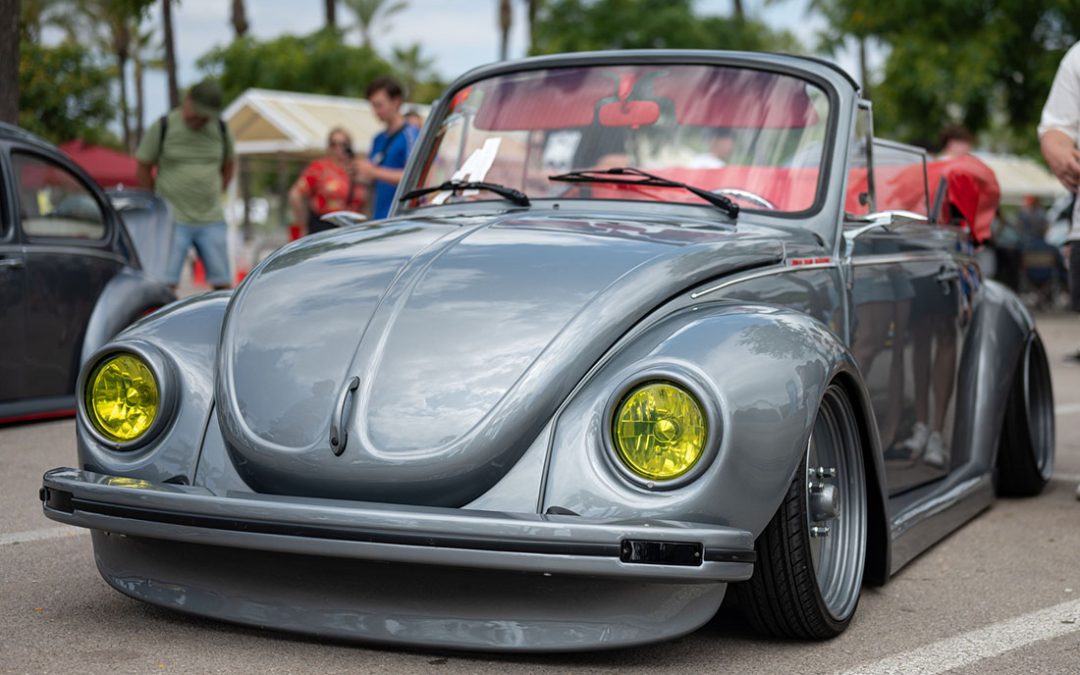Is it Illegal to Customize My Car Headlights and Taillights?
Customizing car headlights and taillights can be an appealing way to personalize a vehicle. However, drivers must be cautious, as modifications such as tinting and using colored lights not only affect vehicle safety but also have legal implications. This article explores the legal aspects of customizing car headlights and taillights, examining how such modifications can influence both safety on the road and compliance with the law.
Understanding Headlight and Taillight Modifications
Modifications to car headlights and taillights typically involve changes to the color, brightness, or functionality of the lights. Popular modifications include:
- Tinting: Applying a tint to headlights or taillights, usually to alter their appearance.
- LED Conversions: Replacing standard bulbs with LED lights for brighter and more energy-efficient lighting.
- Halo Lights: Installing rings around the headlights, often with color-changing options.
- Colored Lights: Using colored bulbs or films to change the light color emitted by headlights or taillights.
Legal Restrictions and Safety Concerns
Legal restrictions on these modifications vary significantly depending on the jurisdiction, but there are common themes in the regulations:
- Brightness and Visibility: Laws typically specify the required brightness and visibility range for headlights and taillights. Modifications that diminish these factors can be illegal.
- Color Regulations: Most regions have strict rules about the color of headlights and taillights. For instance, headlights must usually be white or yellow, while taillights should be red.
- Directional Indicators: Any modifications must not interfere with the functionality of directional indicators (turn signals), which are crucial for road safety.
- Reflectivity: Taillights are designed to be reflective for visibility when the vehicle is parked in the dark. Tinting or modifying them might reduce this essential safety feature.
Here are examples of state-specific laws that highlight headlight and taillight modifications:
- California: Headlights must emit white or yellow light, and taillights must emit red light visible from 500 feet. Tinting that diminishes visibility is not allowed.
- Texas: Headlights must be white, and taillights should be red. Any modifications that affect these colors or visibility are illegal.
- New York: Headlight modifications that change their original design or performance are prohibited. Taillights must be red and visible from 1,000 feet.
- Florida: Only white or amber headlights are legal. Taillights must remain visible, and any tinting that reduces visibility is illegal.
- Michigan: Headlights must be white, and any tinted covers are prohibited. Taillights must emit red light visible from 500 feet.
Safety Implications
While customizing headlights and taillights can give a vehicle a distinctive look, it’s important to consider the safety implications:
- Reduced Visibility: Tinting or using certain types of lights can significantly reduce a driver’s visibility, especially in poor weather conditions or at night.
- Miscommunication with Other Road Users: Unconventional headlight or taillight colors can confuse other drivers, leading to misinterpretation of signals and potential accidents.
- Glare: Some modifications, like using extremely bright bulbs, can cause glare that blinds other drivers, increasing the risk of collisions.
Legal Penalties
Failing to adhere to legal standards for headlight and taillight modifications can result in various penalties:
- Fines: The most common penalty is a fine, which can vary in severity depending on the extent of the modification and local laws.
- Mandatory Reversal of Modifications: Drivers may be required to remove the modifications and restore the lights to their original, legal state.
- Vehicle Impoundment: In extreme cases, particularly where safety is severely compromised, a vehicle may be impounded.
Best Practices for Legal Compliance
To ensure that any modifications to car headlights and taillights are both safe and legal, consider the following best practices:
- Research Local Laws: Before making any modifications, thoroughly research the specific legal requirements in your area.
- Consult with Professionals: Seek advice from automotive lighting professionals who are familiar with the legal and safety aspects of these modifications.
- Prioritize Safety: Always prioritize safety over aesthetics. Ensure that any modifications do not compromise your visibility or the ability of other drivers to see your vehicle.
- Regular Inspection and Maintenance: Regularly inspect and maintain modified lights to ensure they continue to comply with legal standards and function properly.
Conclusion
Customizing car headlights and taillights can add a personal touch to your vehicle, but it’s essential to navigate these changes within the framework of safety and legal regulations. By understanding and adhering to local laws, consulting professionals, and prioritizing safety, drivers can enjoy the benefits of customization without compromising on safety or legality. Remember, when it comes to vehicle modifications, what looks good should also be safe and legal.
